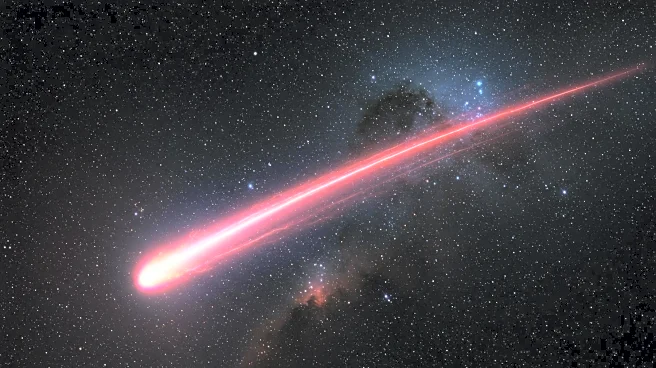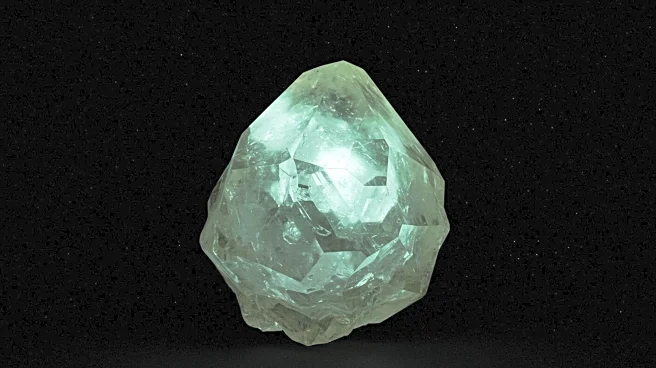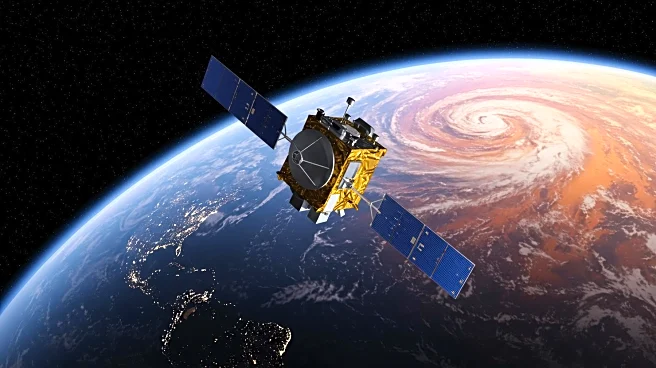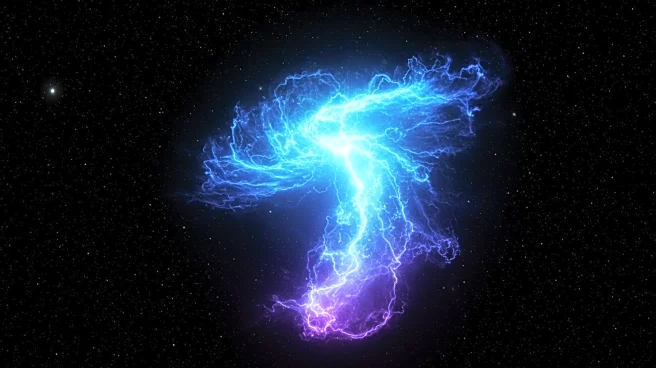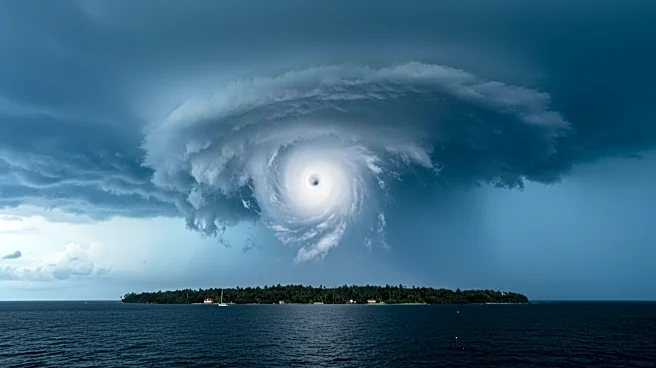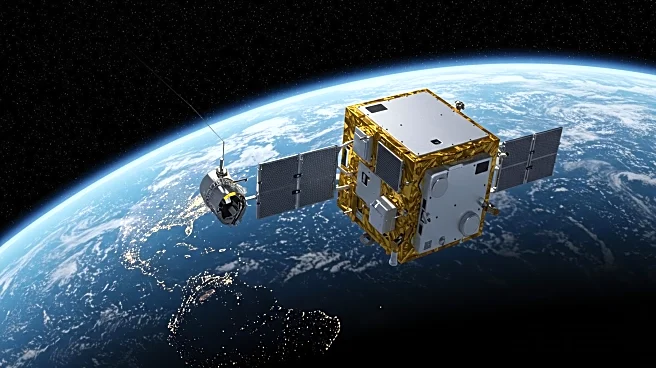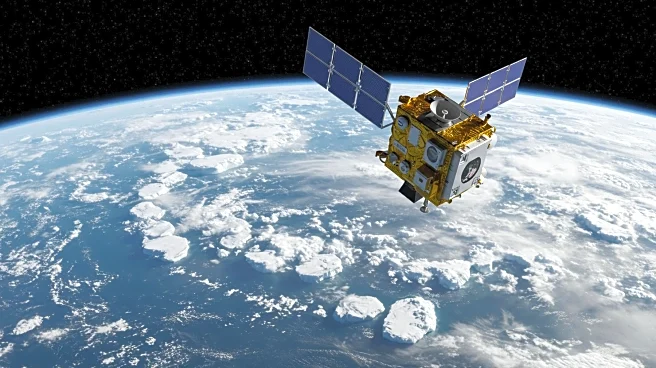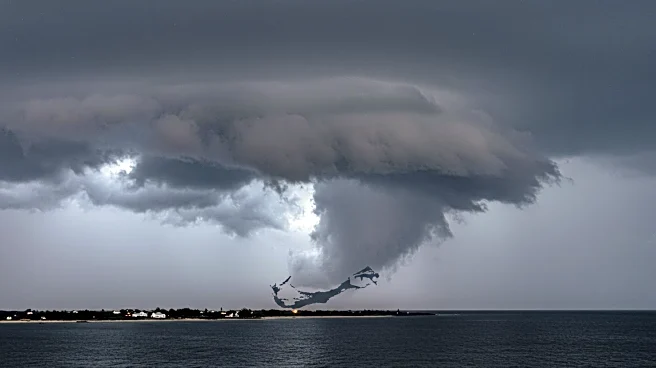What's Happening?
Researchers from the University of South Carolina have found evidence supporting the hypothesis that a comet explosion 12,800 years ago triggered the Younger Dryas, a thousand-year cold period. The study analyzed seafloor mud from Baffin Bay, near Greenland, revealing traces of comet dust and metallic debris consistent with a cosmic airburst. This discovery strengthens the case for the comet impact hypothesis, which suggests that the event caused a short-term 'impact winter' followed by prolonged cooling. The findings align with previous studies that identified similar extraterrestrial material on land.
Why It's Important?
The research provides new insights into one of the most significant climate events in Earth's history, potentially reframing the understanding of the Younger Dryas. If the comet impact hypothesis is correct, it could explain the abrupt global cooling and its effects on ecosystems, including the extinction of large animals and cultural shifts. This study highlights the importance of cosmic events in shaping Earth's climate and environment, offering a new perspective on historical climate changes and their causes.
What's Next?
Further studies are needed to confirm the comet impact hypothesis, including examining sediment cores from other ocean sites for similar traces of comet dust. Researchers aim to gather more evidence to support the theory and understand the full impact of the event on Earth's climate. This could lead to a deeper understanding of cosmic influences on climate and the mechanisms behind sudden environmental changes.
